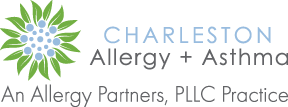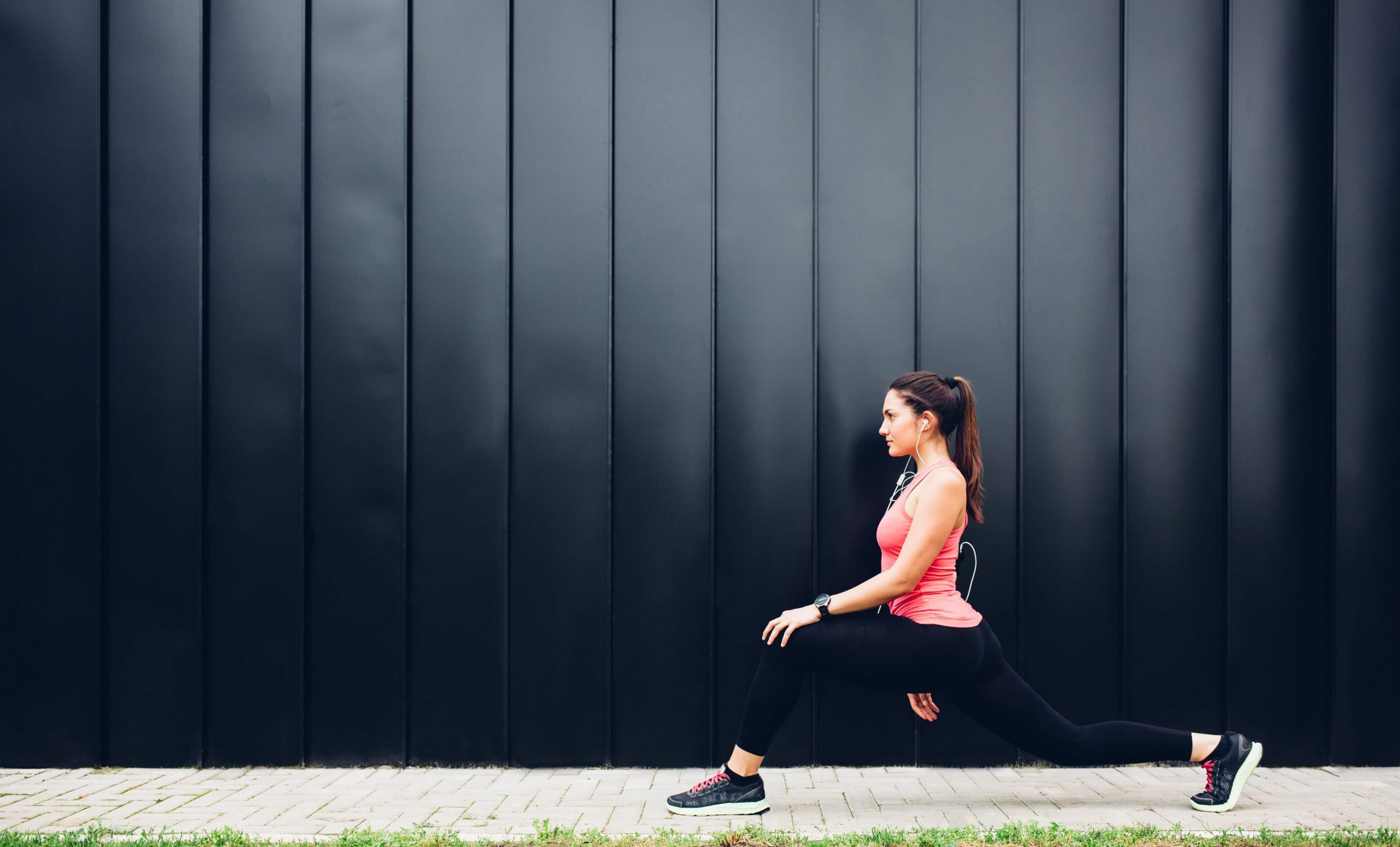Did you know that over 25 million Americans suffer from asthma, 17+ million are adults and 6+ million are children? If you suffer from asthma, it is likely that you might experience symptoms when you exercise, known as Exercise Induced Bronchospasm (EIB). Additionally, there are some who cough, wheeze or get excessively short of breath only when they exercise. These individuals have what is termed Exercise Induced Asthma (EIA); many are elite athletes whose frequent training or overtraining can cause damage to the lungs. Researching this condition might confuse you and honestly, it’s just semantics when you break it down between EIB and EIA. For all intents and purposes, we’ll refer to this condition as EIB.
Exercise Induced Bronchospasm often goes undiagnosed, as many people think the symptoms they experience during exercise is just their “normal” or due to poor conditioning. We often hear parents say their child just isn’t much for outdoors. Adults often say they just thought they needed to be in better shape. People will limit themselves naturally if they don’t feel comfortable doing something, particularly in the learning phase of a new activity. Identifying EIB in younger children is common, as this age group is “forced” to be active (think P.E., recess, organized sports) where as adults may have self-limited their activity as there is no mandatory reason for them to exert themselves.
With 90% of asthmatics suffering from EIB, it’s important to know the symptoms to look for:
- Coughing
- Wheezing
- Shortness of breath
- Chest tightness or pain
- Fatigue during exercise
- Poorer than expected athletic performance
- Avoidance of activity (particularly seen in young children)
- Feeling of out of shape even when one is in good physical shape
If exercising causes you to experience any of these symptoms, it is recommended that you see a asthma/allergy specialist for a proper diagnosis. If you already suffer from asthma, it’s important to recognize your triggers: viral respiratory infection, irritants, allergen exposure, and exercise. You could be affected by one of these or all of them. When EIB is left untreated, children grow into adults thinking that a tight chest, coughing and shortness of breath are all normal with exercise which often results in non-active adults, ie couch potato syndrome.
EIB is relatively easy to diagnosis with a detailed history and breathing tests. If your allergist believes you that you might have EIB, they will likely prescribe a rescue inhaler (beta-agonist bronchodilator) for you to take before exercising. Most times, this is all that is needed for your exercise symptoms to be controlled. If relief is not provided with a rescue inhaler, then an exercise challenge might be a logical next step.
An exercise challenge, conducted by our Research Center, will attempt to recreate your exercise related symptoms. After taking your vitals, obtaining your baseline EKG, and baseline spirometry (a test that measures your lung function), they will then have you exercise until your symptoms arise. The information will be compiled and provided to your allergist, who will determine, based on the results, if EIB is your diagnosis.
In all likelihood, the exercise challenge will indicate EIB, however, it’s possible that after the exercise challenge, your breathing test will not indicate EIB. If that is the case, your doctor will consider other causes such as poor conditioning, heart issues, vocal cord dysfunction, or hyperventilation syndrome.
If you are diagnosed with EIB, exercise is not out of the question. Warming up is key to starting your physical activity and note that your symptoms may get worse if you exercise in dry, cold conditions. Exercising during your peak pollen season can also be problematic. Swimming is a preferred exercise as the humidity and moisture can prevent symptoms. We never want to tell people they cannot do cardio vascular exercise. If you are very active, a daily asthma regimen might be helpful. Our goal is treat your asthma so you are not held back by it.
If you have ever experienced any of these symptoms or if they have plagued you for years but you have never been evaluated, it’s never too late. A proper diagnosis will provide a much better quality of life for you. Remember, a healthy, strong body is your best defense in fighting disease. You don’t have to live with uncontrolled asthma.
Do you need to see a Board Certified Allergist?
[su_button url=”https://charlestonallergy.com/request-appointment/” target=”blank” style=”flat” background=”#7ac142″ color=”#ffffff” size=”8″ radius=”0″ text_shadow=”0px 0px 0px #000000″]Request An Appointment[/su_button]




